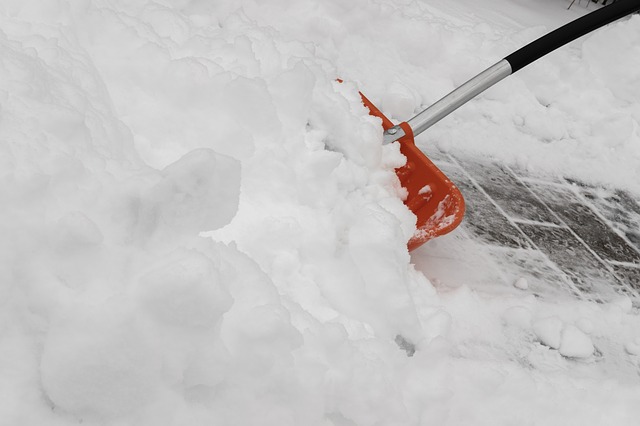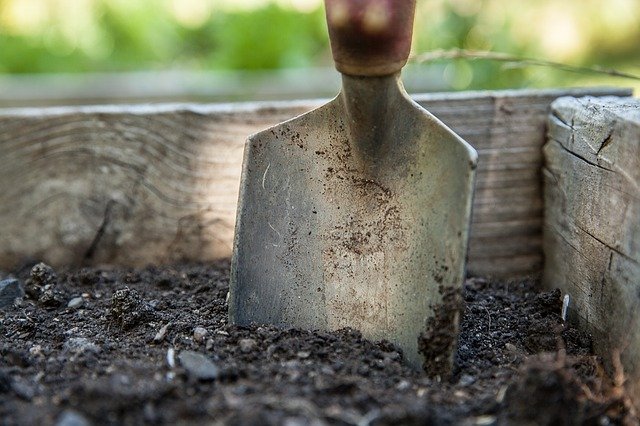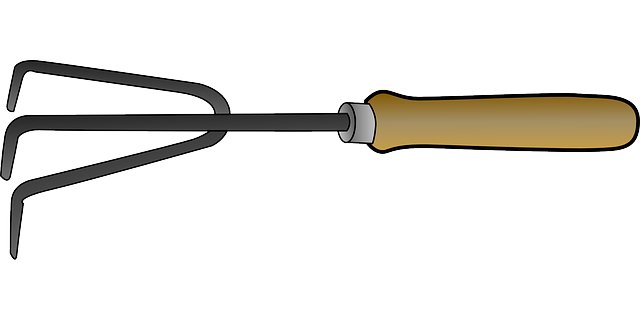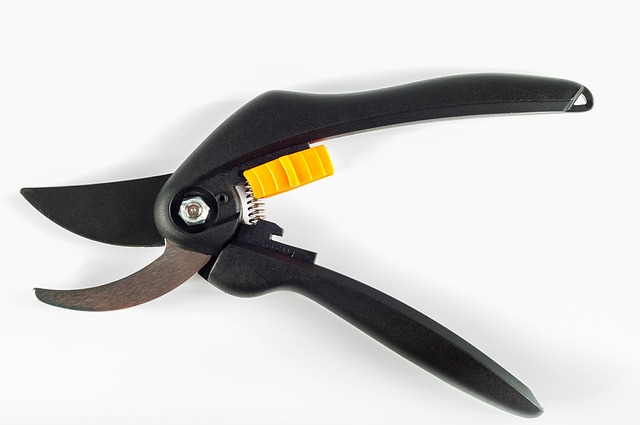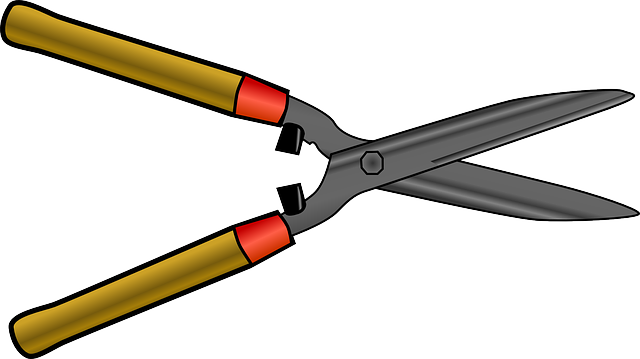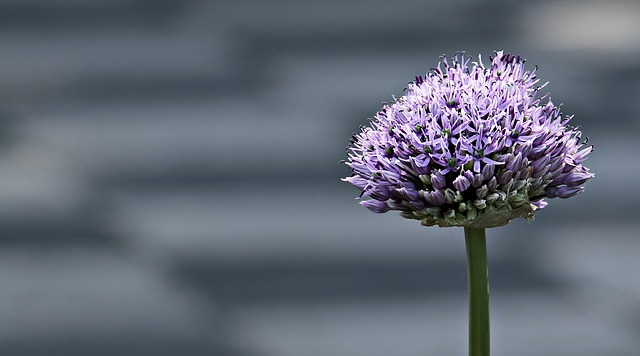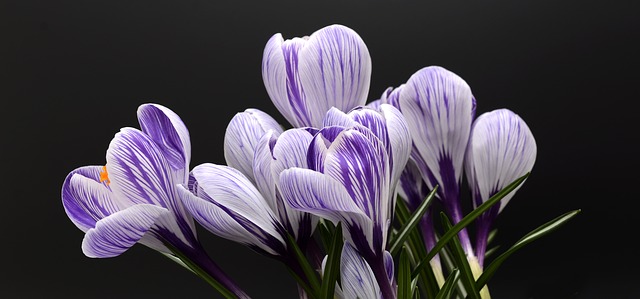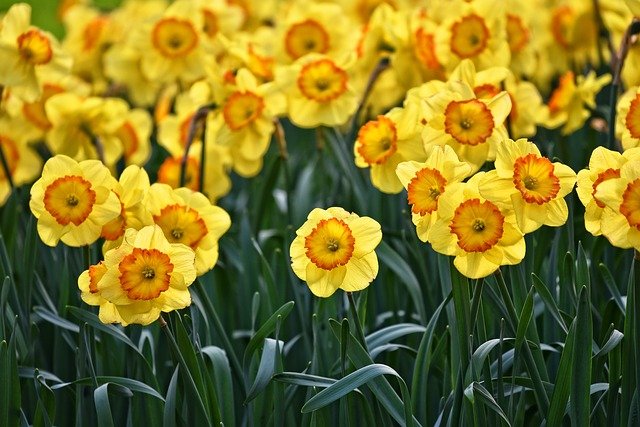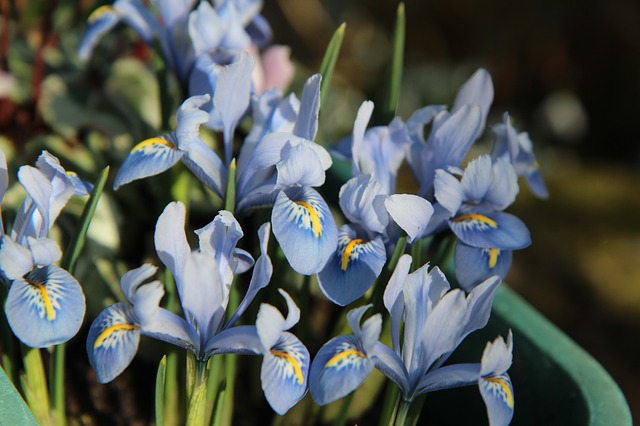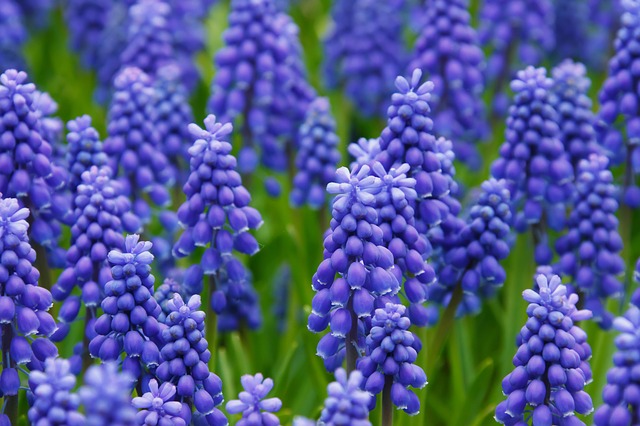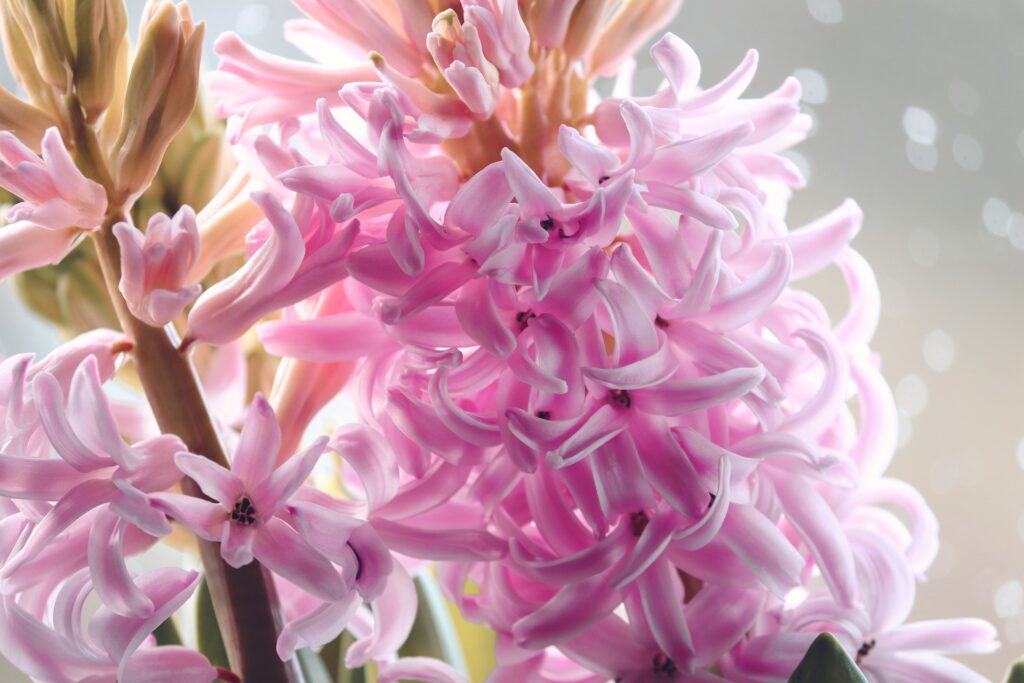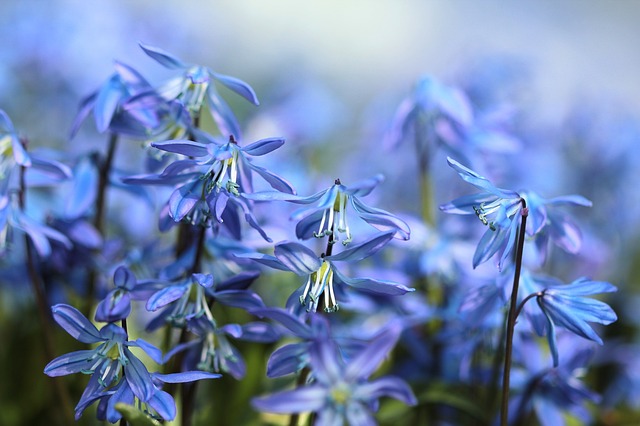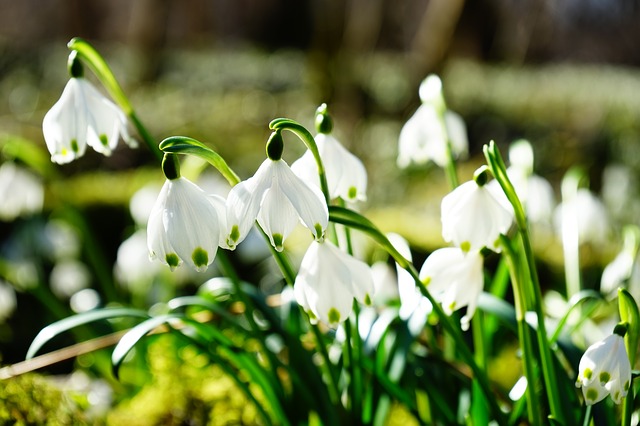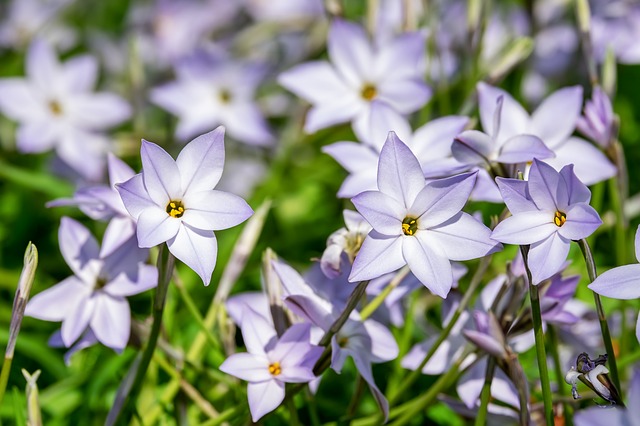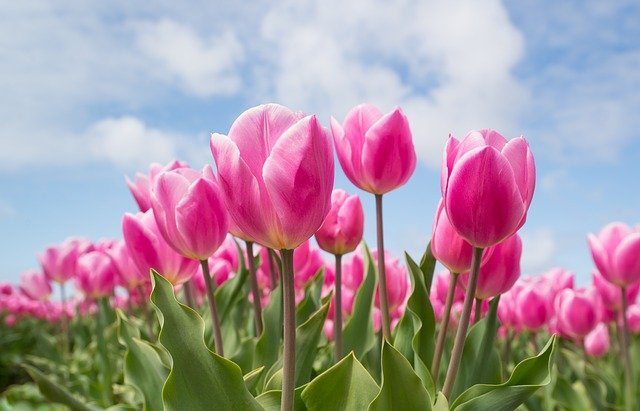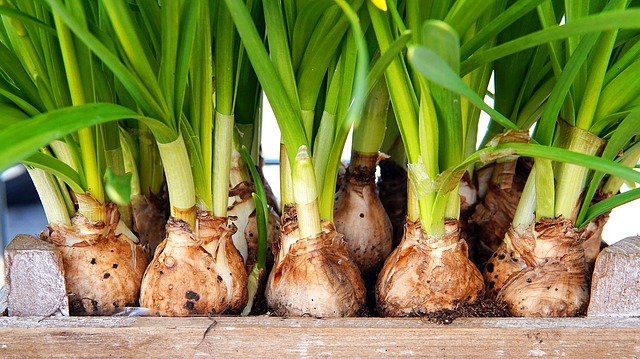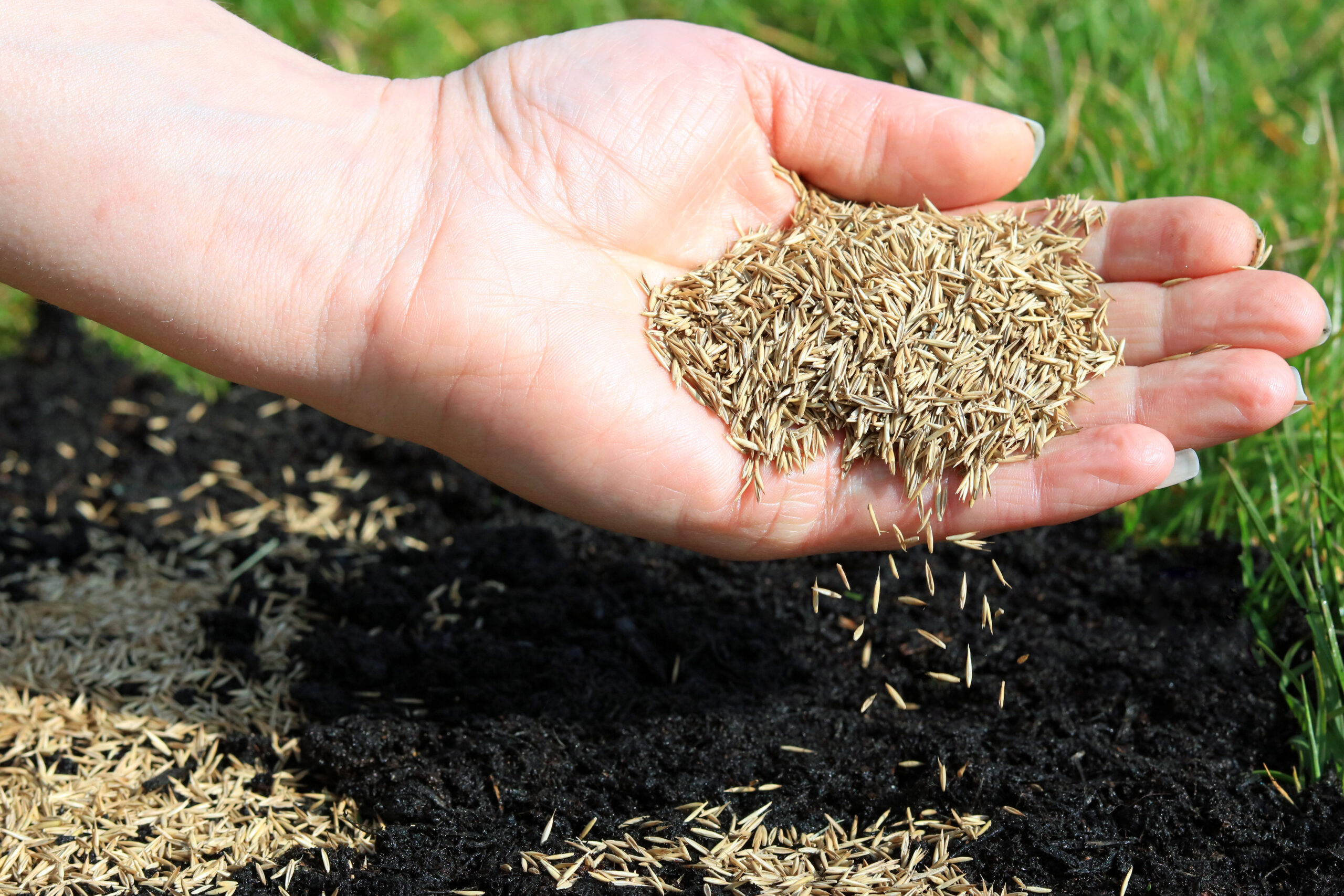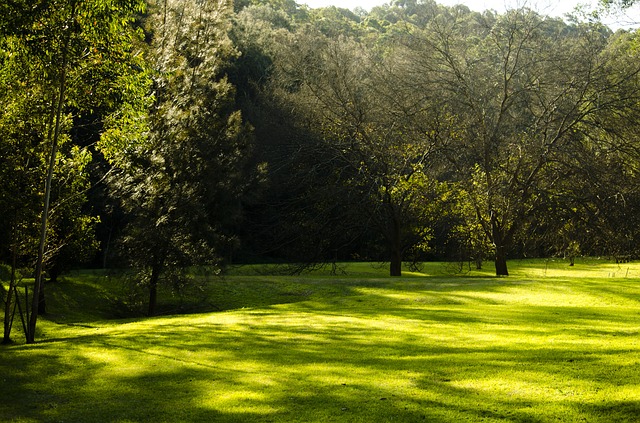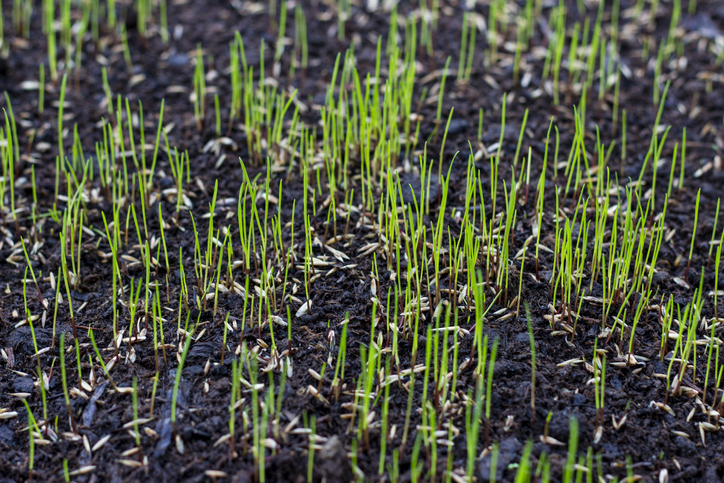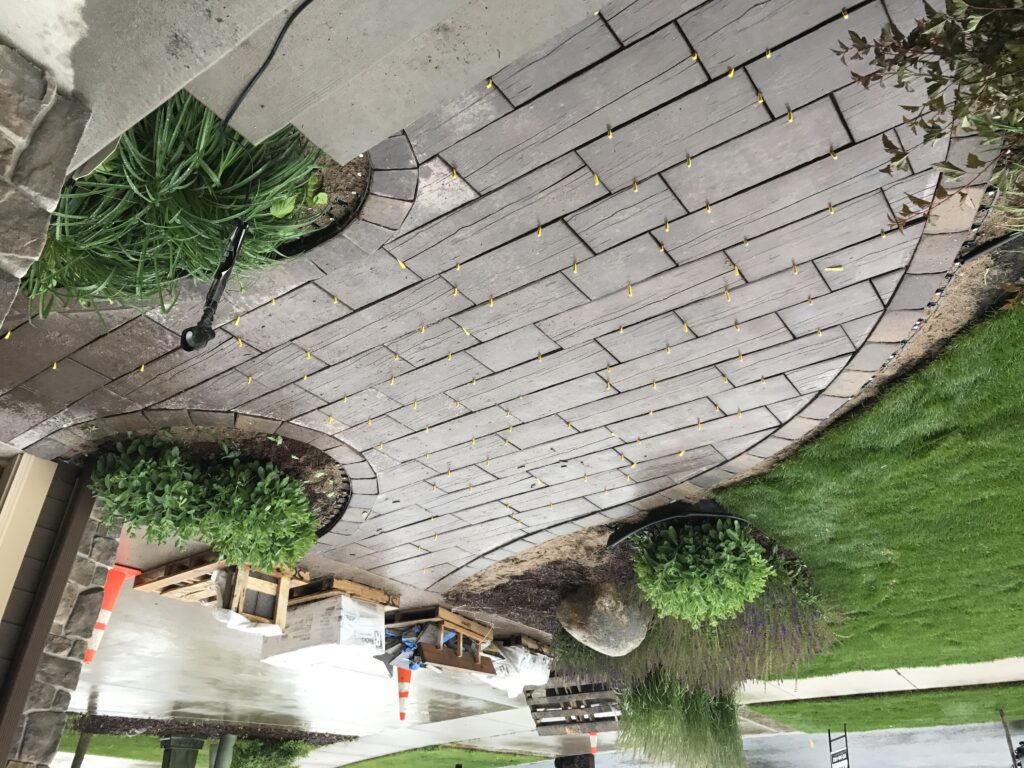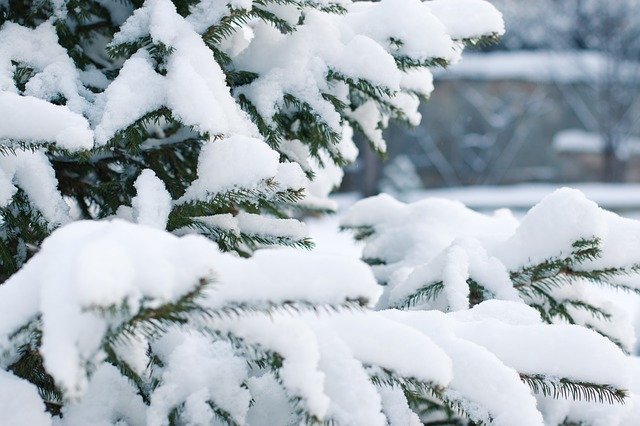
Winter is just around the corner. So, we thought we’d give you some winter tips for trees to keep your trees healthy through the winter.
Winter Tips for Trees 1 – Prune Your Trees
Trees become dormant in wintertime. This means that it’s a great time to prune. It’s a good idea to prune the trees while they’re young. This will establish some good structure and will help with preventing future damage like limb failure.
Here are the steps to take for pruning a young tree.
- Remove damaged, dead, diseased, and dying branches
- Select & establish its central leader
- Choose the tree’s lowest permanent branch based on the purpose/location of the tree.
- Select & establish the scaffold branches
If you aren’t comfortable with doing it yourself, it’s better to hire someone to do it for you.
Winter Tips for Trees 2 – Protect Your Trees from Freezing
It’s a good idea to get ready to give your trees protection from the freezing. Certain kinds of subtropical and tropical trees as well as young trees can’t tolerate the colder temperatures.
Here are some tips for protecting the trees during the winter from freezing.
- Use burlap or sheets to cover your susceptible plants and trees. Use stakes or a frame to minimize the contact between your cover and your tree.
- Bring potted trees and plants to locations that are more protected.
- Keep the soil moist to help with absorbing heat.
Winter TIps for Treees 3 – Mulch Around Your Trees
Cover that soil around your trees with a mulch layer of 3-5 inches beginning several inches from their trunks and going out 2+ feet from your tree all around it.
- Use wood chips
- Don’t mulch in a volcano shape. You shouldn’t put mulch up against your tree’s base.
Winter Tips for Trees 4 – Keep on Watering
Make sure that you are keeping trees watered when there isn’t any rain.
- Water your young trees 1-2 weeks. Use around 10 to 15 gallons every watering. You want to keep trees that are newly planted. This will help them recover from the transplant stress.
- Trees that are mature should be watered once per month or once every two months. Use 10 to 15 gallons per trunk diameter at 4.5 feet off of the ground. If you have a tree that’s 10 inches at 4.5 feet you’ll need 100 to 150 gallons. Remember that you should apply the water slowly to give it time to sink down into the earth.
These are some of the winter tips for trees that you can use to keep them going through the winter. We hope you have a great holiday season!




